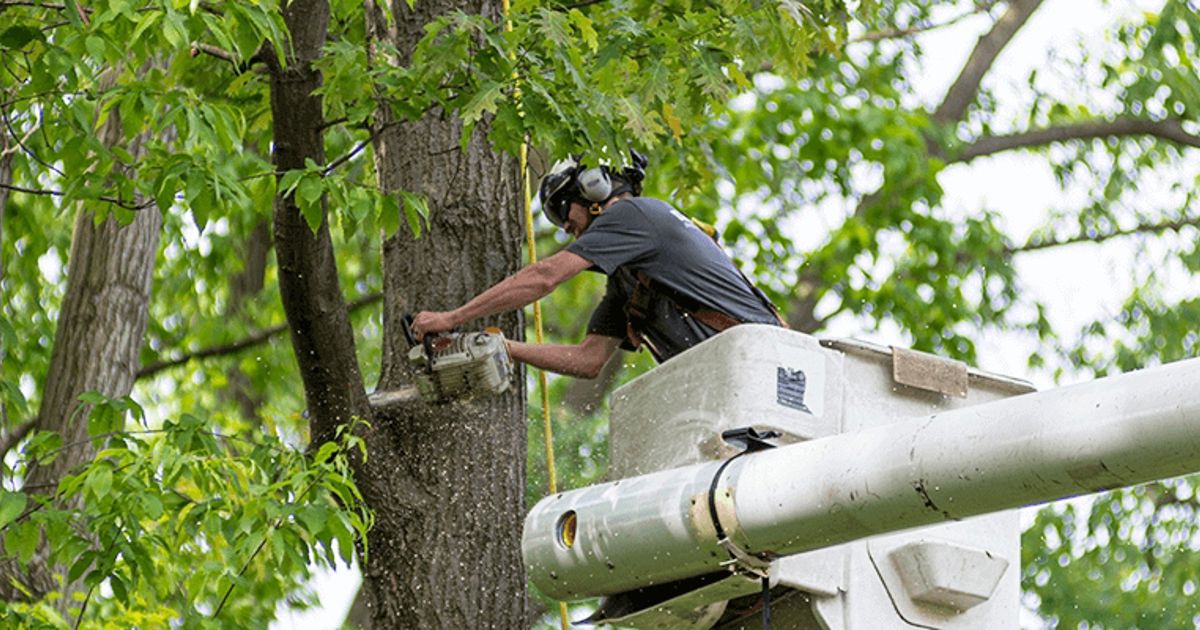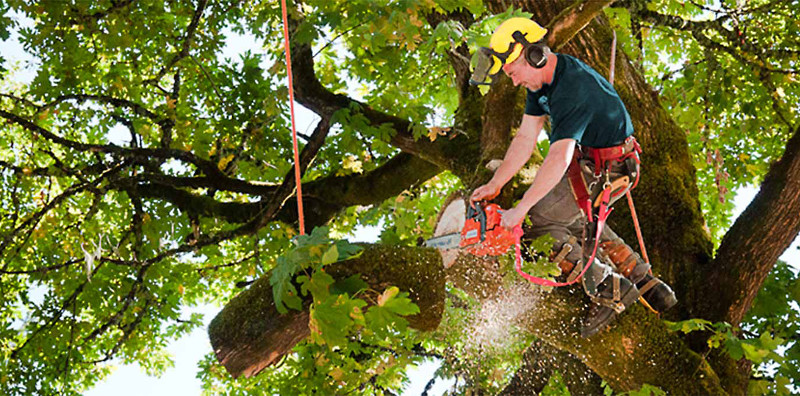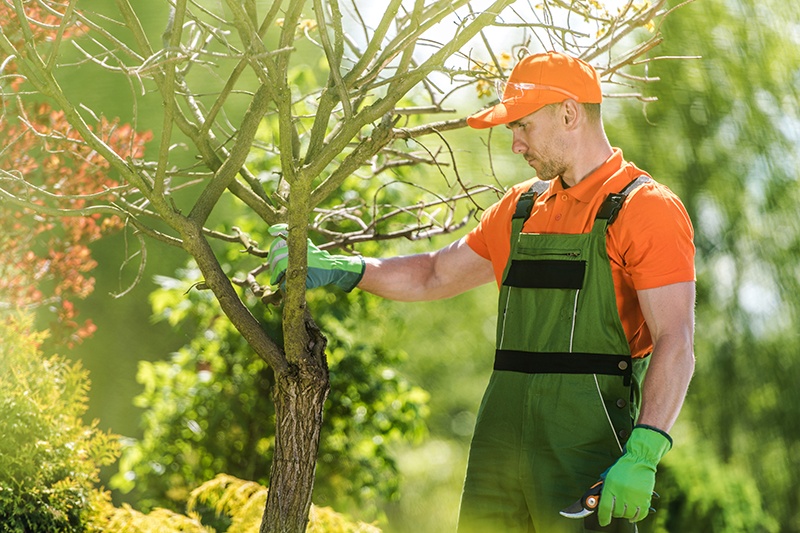Understanding the Relevance of Tree Conservation and Conservation Practices in Urban Areas
In the busy landscape of city settings, trees often stand as silent guardians, giving a wide variety of benefits that expand far past their aesthetic appeal. As we discover the intertwined textile of environmental, social, and economic advantages that metropolitan trees use, it becomes evident that their conservation is pivotal for the health of future and present generations.
Environmental Advantages of Trees in Cities
Trees in city locations play a critical role in providing different ecological benefits, contributing to the overall wellness of city slicker. One significant advantage is the enhancement of air top quality. Trees work as natural filters, absorbing toxins such as carbon monoxide, sulfur dioxide, and nitrogen dioxide, and releasing oxygen into the ambience. This procedure helps in reducing the concentration of unsafe gases, making the air cleanser and much healthier for citizens.

Moreover, trees add to water management by minimizing stormwater runoff and soil disintegration. Overall, the environmental advantages of trees in cities are important for producing lasting and livable urban environments.
Social Relevance of Urban Tree Preservation
In contemporary city landscapes, the conservation of trees holds substantial social significance for fostering area health and boosting top quality of life. Urban tree preservation plays an important role in producing areas for social interaction and community engagement. Trees offer meeting place for individuals, such as parks and environment-friendly locations, where areas can come with each other for entertainment tasks, get-togethers, and leisurely walks. The existence of trees in metropolitan settings has been connected to lowered degrees of anxiety, enhanced mental health, and increased sensations of health amongst locals. Furthermore, trees contribute to the visual appeals of neighborhoods, creating aesthetically enticing surroundings that enhance the total livability of city areas.

Economic Worth of Tree Conservation
The conservation and conservation of metropolitan trees offer considerable economic benefits that add to the overall monetary health of cities and neighborhoods. Urban trees offer a vast array of financial benefits that positively influence local economies. One considerable economic advantage of tree conservation is the boost in building values. Trees improve the visual allure of communities, bring about higher have a peek at this website residential property values and drawing in prospective customers or renters. Urban trees help lower power costs by offering shade in the summer and acting as windbreaks in the wintertime, thus decreasing the need for heating and cooling down systems.
Furthermore, trees play a crucial role in decreasing stormwater runoff and mitigating the results of flooding, which can cause price financial savings for cities in terms of facilities repair and maintenance. Urban trees also contribute to improved air quality by absorbing toxins and launching oxygen, bring about possible financial savings in health care costs associated with respiratory system diseases. By spending and acknowledging in the economic value of tree preservation, cities can promote sustainable growth, boost lifestyle, and produce more resistant city settings.
Approaches for Lasting Urban Tree Administration
A detailed technique to lasting metropolitan tree administration entails integrating diverse methods that prioritize lasting ecological health and wellness and community wellness. Applying tree stocks and assessments is critical to comprehend metropolitan tree populaces, their health, and maintenance requirements. Regular pruning, watering, and mulching are essential techniques to make certain tree vitality. Adopting tree planting programs that focus on indigenous and climate-resilient species can improve metropolitan biodiversity and sustainability.
Area engagement plays look at here now a crucial function in lasting urban tree administration. Enlightening homeowners about the advantages of trees, arranging tree growing occasions, and involving volunteers in tree care activities fosters a sense of ownership and stewardship. Collaboration between city government, ecological organizations, and citizens is crucial to establishing and carrying out efficient tree management strategies.
Purchasing environment-friendly framework, such as urban forests and environment-friendly roof coverings, can give several benefits, including boosted air top quality, stormwater monitoring, and city warmth island mitigation. tree removal. Incorporating trees right into city preparation and layout processes makes sure that trees are valued as vital components of a healthy and resilient metropolitan atmosphere
Community Involvement in Tree Preservation
Neighborhood involvement is a basic element in promoting sustainable city tree management techniques and guaranteeing the long-lasting health and conservation of city tree populaces. Engaging the area in tree preservation efforts can lead to raised understanding, recognition, official statement and stewardship of trees within urban areas. When citizens actively participate in tree growing, upkeep, and conservation initiatives, they establish a sense of possession and pride in their neighborhood environment.
Area participation likewise promotes social communication and partnership among residents, regional authorities, and environmental organizations, cultivating a common obligation for urban tree conservation. By arranging tree growing occasions, educational workshops, and volunteer opportunities, neighborhoods can work together to enhance the city tree cover and create greener, much healthier cities.
Final Thought
To conclude, urban tree preservation and preservation methods play a vital role in boosting the environmental, social, and economic health of cities. By identifying the value of trees in urban locations and executing lasting administration strategies, neighborhoods can enjoy the many benefits that trees supply. It is important for stakeholders to proactively join tree conservation initiatives to make certain a greener and much healthier urban environment for existing and future generations.
